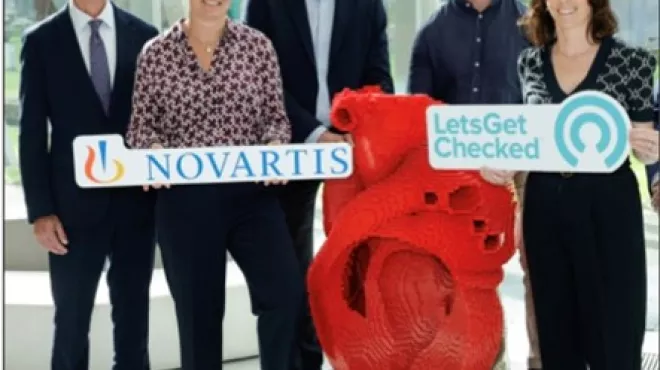This newly published survey on Irish people with frequent and severe migraine reveals the condition is having a significant negative impact on their lives, including damaging their career progression and earnings. Migraine is Ireland’s fifth leading cause of disability, affecting almost one in eight people1. While it affects people of all ages and genders it is three times more common in women than men. Despite its high prevalence, migraine remains a misunderstood and under-managed condition2. This new survey, which focusses on the small section of the population who have at least four migraines per month, was part of a global patient study undertaken by Novartis in partnership with the European Migraine and Health Alliance in 36 countries, to establish how frequent and severe migraine affects daily life. The Irish results were presented by Dr Edward O’Sullivan who runs the Migraine Clinic in Cork University Hospital, other speakers on the day included Deputy Michael McGrath TD, Mr Patrick Little, CEO of the Migraine Association of Ireland, Dr Sean O’Sullivan, Consultant Neurologist Bon Secours Hospital Cork and Louise O’Sullivan who gave her individual perspective on living with migraine.
Novartis Ireland launch My Migraine Voice Survey Report in Cork
Jun 17, 2019
- Vos T, et al. Global, regional, and national incidence, prevalence, and years lived with disability for 310 diseases and injuries, 1990–2015: a systematic analysis for the Global Burden of Disease Study 2015 The Lancet Volume 388, Issue 10053, 8–14 October 2016, Pages 1545-1602.
- Migraine generally features a one-sided throbbing headache that is episodic and lasts hour or even days with total freedom between attacks. Classical migraine (migraine with aura) may be signalled by visual disturbances in what is call the “aura” stage. This affects about 20% of migraneurs. Common migraine (or migraine without aura) and classical migraine may be accompanied by vomiting, diarrhoea, confusion and, in rare cases, temporary paralysis and loss of speech. Sensitivity to light, noise and strong smells is also frequently reported.



